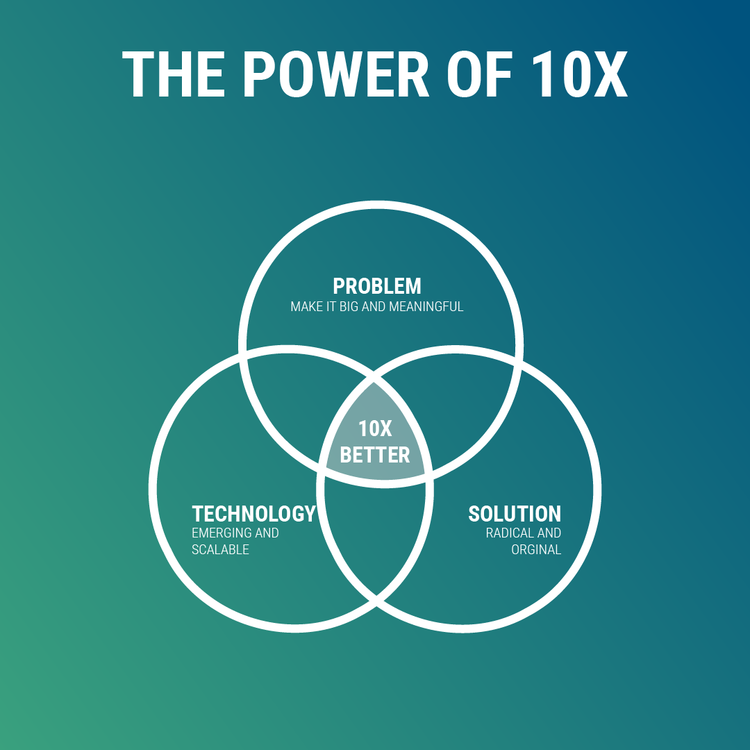The journey of innovation can be cruel for designers. After long days and nights of hard work and uncertainty, a designer can find themselves building a product that nobody wants.
Remember Microsoft Vista? Alternatively, the more recent Amazon Fire phone? Imagine how much money and time went into building these products. Despite the millions of dollars and hours, they launched, and nobody wanted them.
How do we avoid a product launch failure?
Solve a big problem
It starts with a mindset. It’s imperative to choose to solve a problem that is worth addressing. You have to avoid building a better mousetrap or reinventing the wheel.
Product demand is a result of solving a problem that’s important to customers. Typically a successful product can offer a spectrum of benefits: from very functional benefits such as reducing the time and effort to get a job done to help the user gain mobility, wellness or even self-actualisation.
Use a radical approach
Dyson and Tesla are brilliant examples of tackling big problems with a radical approach. Dyson took the boring category of vacuum cleaning and revolutionised the space by completely overhauling the way air moves.
Dyson used the idea of applying centrifugal force to fix air filters. With that success, he then took the same approach to vacuum cleaners and created 5,127 prototypes of the product.
He then spent eight years trying to license the product to companies like Hoover. It was so radical that the traditional companies rejected his approach. He decided to build his own vacuum company and the rest, as they say, is history.
Leverage emerging technology
Solving a big problem in a radical way will create significant value. However, if you want to launch your product into the stratosphere, then add a dash of emerging technology.
James Dyson used centrifugal force in a cone. This approach was in stark contrast to the traditional method of vacuum cleaners. The standard vacuum, pre-Dyson, used an exhaust filtration in a bag. This bag approach commonly led to clogging and blocking.
The power of 10x
The story of Dyson illuminates the same practices of tech titans in Silicon Valley. They all use 10x innovation thinking. Moreover, you can too.

The core principle of 10x thinking is to create something that is ten times better than the current solution. This thinking will overcome any customer loss aversion or status quo bias.
Because 10x thinking starts with tackling significant challenges, it attracts talented people, and it often forces people to think openly and creatively about possibilities.
Astro Teller, who leads Google X, says ‘solving 10x is easier than solving 10% better’. Why compete with the rest of the world who are all trying to make something 10% better with the same tools as everybody else?
Why not make something 10x better with a radical solution that has not been thought of before? That will mean you’re the only one trying your original approach. A market of one. That sounds like better odds.



No Comments